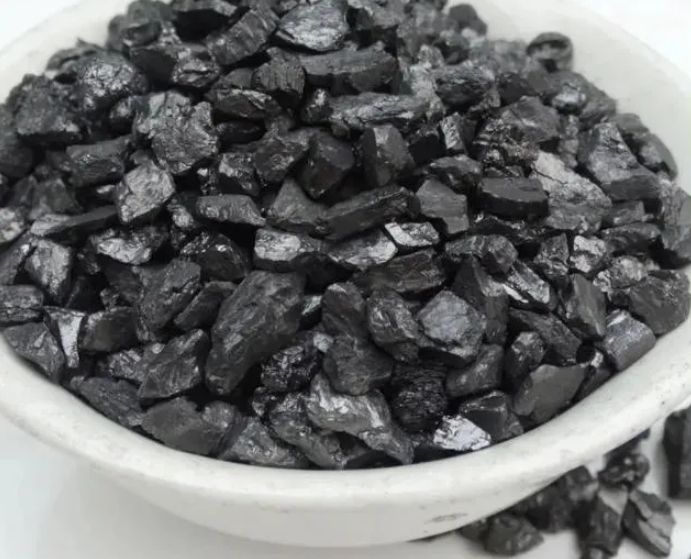
Petroleum coke is an oil refinery byproduct that plays a crucial role in modern manufacturing. The coke is used by the power generation sector, steel and aluminum industries, and in specialized chemical fields. It's a cheap energy source and offers an eco-friendly alternative for coal. It can also help reduce production costs for these industries. It is an extremely stable fuel which maintains the required level of carbon for alloy development and process.
The process of petroleum refining involves several stages. The crude materials are removed from the ground, and then transported to a refinery. The refined petroleum products are sold on the marketplace for various applications. Coke, a by-product of the process, can be classified in different categories based upon its quality structure and uses.

The steel industry uses high-carbon Petroleum Coke to increase the carbon in molten steel. The steel produced is stronger and more corrosion resistant than conventional steels. It is also a key ingredient in the production of graphite electrodes used for electric arc furnaces in steel making. Graphite electrodes are required in the steel manufacturing process to provide strong current flow to make scrap metals melt and conduct electricity during the smelting process.
The low sulfur and metal impurities of coke help in reducing the slag formation and increasing the efficiency of the smelting process. Its high thermal stabilities also allow it to be substituted for natural gases in blast furnaces when producing steel.
During this process, crude petroleum is heated under pressure to separate different hydrocarbon compounds. Green coke, which is produced during this stage, can be classified either as anode or fuel grade. Fuel coke is high in metals and has a high level of sulfur. Anode coke, on the other hand, has a low sulfur and metal content.
Calcination can be used to improve the coke. The calcination process is done in a rotary kiln and it removes volatile compounds. CPC, or calcined coke, is the result. This product has a higher concentration of carbon and can be used in aluminum smelting industries and steel production sectors.
The next step after calcination is densification. It is used to reduce the porosity. The coke gains more energy and is easier to handle. It is essential to keep the temperature at a reasonable level in this process so that the coke does not react with other chemicals and materials. After that, the coke has to be dried. Too much moisture can compromise product performance and safety. It is also vital to ensure that the drying process is performed at a constant rate so that it does not trigger unwanted reactions.

Write a Message